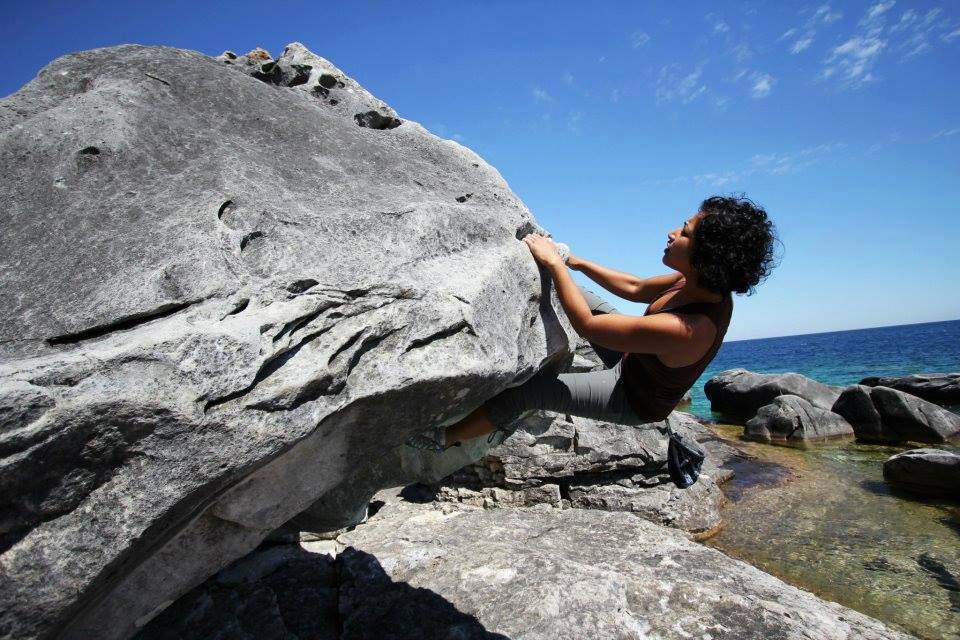The 2016 Beaver Valley Climbing Festival is coming soon. Here is our list of clinics, which are included with the festival price: a great deal! There are clinics for both new and less-new climbers, so look through the list, see if you are interested in any of them, and sign up with the clinic providers.
June 17th marked the official re-opening of Cape Croker to climbing and bouldering after a year of closure. The First Nationas Band Council and the Cape Croker section of the Bruce Trail Conservancy, rebuilding the Sydney Bay Boardwalk, were present for the re-opening.
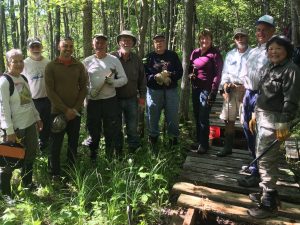
Cape Croker section of the Bruce Trail Conservancy
Cape Croker boasts on-site camping, showers, and a store, and serves as a convenient stop for climbers on the way to Lion’s Head or Halfway Log Dump (Bruce Peninsula National Park). With its short approach and numerous trad and sport lines, Croker is an excellent crag on the Escarpment situated in a beautiful location. Non-climbing activities include nearby international-level mountain biking in Purple Valley as well as paddleboard and kayak rentals.
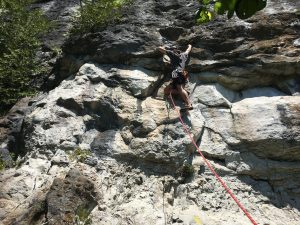
Nik Hoediono, first lead at re-opened Croker, "Ivy League"
Cape Croker has been operated by the Chippewas of Nawash Unceded First Nation since its inception as a park in 1967, protecting its intrinsic beauty and generating on-Reserve employment. The Ontario Access Coalition, through portfolio managers Drs. Harry Hoediono and Patrick Lam, spent most of 2015 negotiating with Park officials and the Band Council, and reached an agreement about re-opening the Park to climbing this spring. Gus Alexandropoulos provided invaluable support in the form of guidebook recognition and advertising donations.
The Cape Croker re-opening illustrates how eco-friendly citizens (the OAC, BTC and First Nations Band Council) can work together to promote eco-tourism and eco-sport on the Bruce Peninsula.
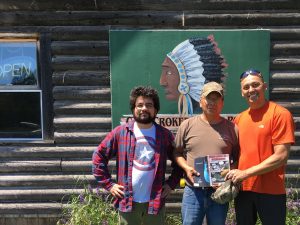
Josiah Keeshig (office), Nathan Keeshig (Park Superintendent), Harry Hoediono
After the official re-opening, Dr. Hoediono met with new Park Superintendent Nathan Keeshig and discussed steps forward: signage, waivers to measure climber usage, and cliff cleanups. They also agreed to hold future meetings on promoting rock climbing as one of the Park’s eco-friendly adventure sports. Dr. Hoediono and helpers also carried out the thankless tasks needed to maintain a climbing site, including trimming vegetation and inspecting in-situ gear.
Please enjoy climbing at Cape Croker, heed all posted signs, climb with care, and be respectful of the privilege of climbing in such a beautiful area.
The 4th Annual Beaver Valley Climbing Festival is coming soon! Join hundreds of other climbers on July 15-17th, enjoy the festivities on Saturday night as well as Beaver Valley climbing on Saturday and Sunday, all while supporting the Ontario Access Coalition. The price of $44 includes Saturday dinner, camping, clinics, and Sunday breakfast. We hope to see you there!
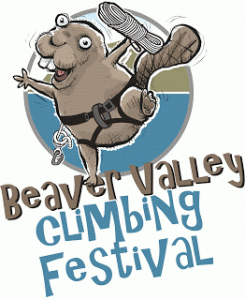
The BVCF web page is at https://www.ontarioallianceofclimbers.ca/bvcf-2016, and you can sign up there.
PS: The Ontario Access Coalition Annual General Meeting is June 27 at The Rock Oasis Toronto, 7:30PM. There may be highly desirable door prizes.
The OAC invites all members to partake in our 2016 annual general meeting on June 27, 2016. It’s a great opportunity to ask questions about the organization and our on-going projects in addition to sharing your input on the future direction of the OAC.
The meeting will be held at The Rock Oasis – Toronto (388 Carlaw Ave Suite 204, Toronto, ON) on Monday June 27th at 7:30 PM. Half price climbing for all attendees!
To be eligible to vote at the AGM, one is required to be a member of the Ontario Access Coalition. To allow for the processing of new members, please ensure applications are submitted prior to June 10th. Please visit our membership page at https://www.ontarioallianceofclimbers.ca/join/ for further details.
The OAC is very interested in increasing its capacity by attracting new ideas, leadership, and energy. At this meeting, we will elect three members to the Board of Directors (all for a two-year term). As always, we are also looking for portfolio managers and general volunteers. While members can be nominated to the Board at the AGM, any nominations submitted by June 10th will have their profiles distributed to the membership in advance. This will facilitate a structured voting process. Interested members are encouraged to contact the OAC in advance.
Potential board members should have:
– An interest in (learning about) outdoor climbing access issues in Ontario
– A varied skill set with a self-starter attitude
– A positive, proactive team-based approach to problem solving
As a board member the individual will:
– Attend bi-monthly board meetings
– Lead projects and/or access portfolios
– Participate in developing and executing the OAC’s strategic goals
Further details will be provided to members 14 days prior to the AGM. If you do not receive notification by email, please send us a note ( info@ontarioaccesscoalition.com ).
Are you a boulderer, looking for a way to help the OAC keep Ontario bouldering areas open? This is your chance to help! Enjoy time at one of Ontario’s premier bouldering crags while giving back to the community by becoming a site host at Halfway Log Dump!
The OAC and Bruce Peninsula National Park are looking for help from the climbing community in the form of volunteer weekend Site Hosts. Site Hosts, like Camp Hosts, act as stewards or caretakers for the area during their time volunteering. The Site Host program has been a huge success since the launch in 2010, so the OAC and the Park are looking again for volunteers for 2016. If you want to help access efforts and become a Site Host for a weekend, click HERE to fill in the volunteer application.
What does a Site Host do?
Site hosts act as ambassadors for Halfway Log Dump. They ensure everyone is having a good time, communicate the rules that are in place, point out the endangered Lakeside Daisy (see it right over there?), explain bouldering to curious tourists and, of course, know all the beta on every problem ;). These honoured volunteers will receive free camping!!! (as available), and pre-paid parking ($11.70 per day) at the park. This is all courtesy of Bruce Peninsula National Park as a thanks to volunteers.
Who makes a good site host?
If you like to boulder outside, can get yourself to the Bruce Peninsula, and are interested in helping maintain climbing access in Ontario, you will be a great site host!
I would like to help, but I have never been to Halfway Log Dump. Can I still volunteer as a site host?
It might be your first visit or your 101 visit to Halfway 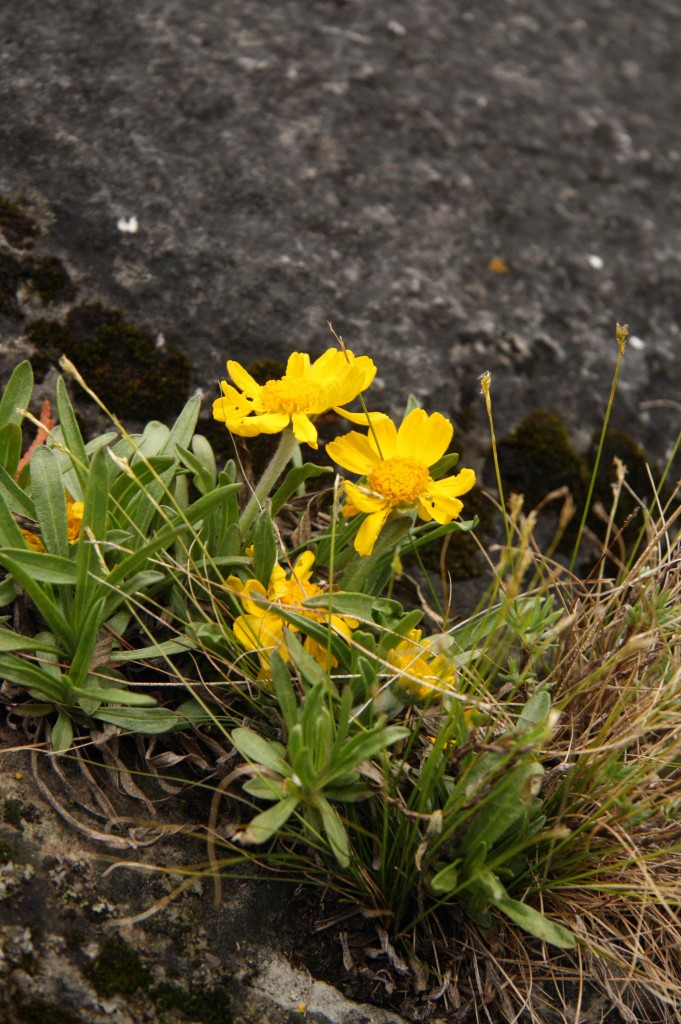 Log Dump. This honour is still open to you. We can tell you what you need to know. It’s not hard. You can put it on your resume and land that promotion you’ve been after.
Log Dump. This honour is still open to you. We can tell you what you need to know. It’s not hard. You can put it on your resume and land that promotion you’ve been after.
A guide for Halfway Log Dump is available for free from the OAC. If you download this guide we hope that you will take the time to become an OAC member, or make a donation if you are already a member. Click HERE to download the “HWLD Interpretive Bouldering guidebook”.
A beautiful new, updated guidebook is currently in the works by Author (and Site Host!) Joe Ho. For further details on Joe’s new guide, Click HERE
Yeah, but, if I go there I want to focus on climbing
The time commitment of site host at the boulders is minimal and can easily be incorporated into a regular day at the crag. You will be walking by other boulderers and they will be walking by you. In talking to other boulderers, you may discover that they know something you don’t about the latest lines, new beta, local weather, best dining, local plants, or a shortcut home.
A big thanks to those of you who apply!
